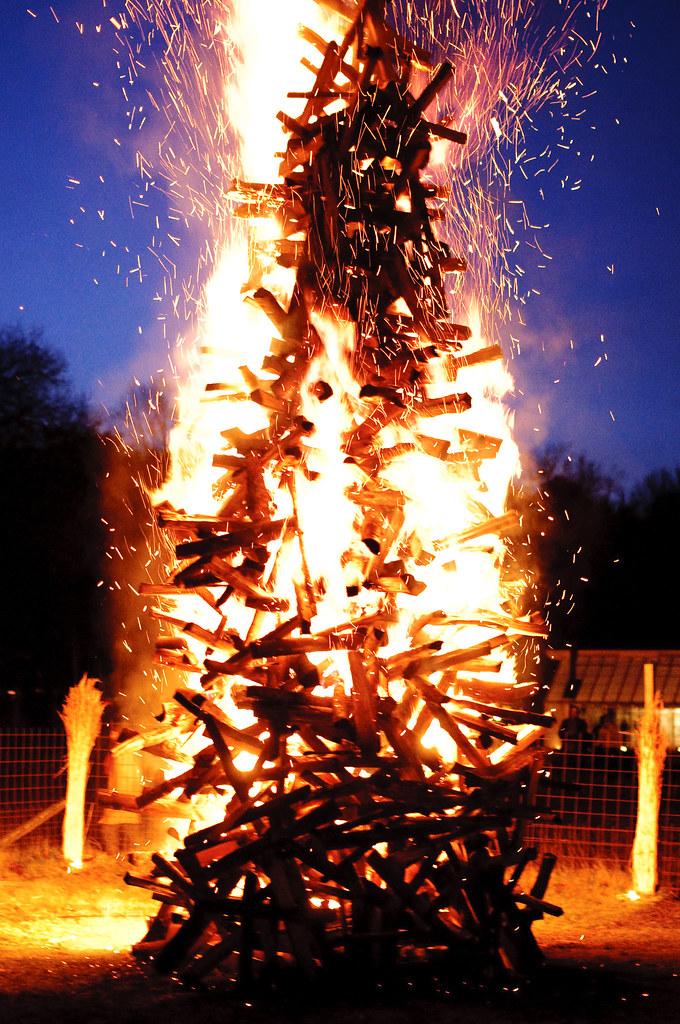 |
| A nice plaque for Mickey at the Hall of Fame |
I saw this Tweet by comedian Jim Gaffigan,
and it got me wondering
in the way that usually generates ideas for posts on this blog.
in the way that usually generates ideas for posts on this blog.
PLAQUE - that gunk on teeth and also those things we win and never know what to do with - (and not to be confused with the disease "plague" - an unfortunate misspelling I often saw with my students) is an odd word for its two very diverse meanings.
Dental plaque is a biofilm of bacteria that grows on surfaces within the mouth. It is sticky and colorless at first, but later it forms tartar and is an even grosser brown or pale yellow. It gets all over teeth and when it gets along or below the gumline, you have bigger problems.
A commemorative plaque is certainly nicer than that stuff on your teeth. You can stick it to a wall, although if you get a lot of them, you can stick them in a drawer.
What's the connection? Even Wikipedia didn't try to answer that for either plaque. But some etymological digging told me that the word in those uses comes from mid-19th century from French, where it arrived via the Dutch noun plak meaning "tablet" which in turn came from the Dutch verb plakken meaning "to stick."
I guess the dental gunk refers to the verb and the way it sticks to your teeth, while the award is a tablet (though you do stick it on a wall or in a drawer).
I tried, but failed, to find a plaque that commemorates plaque, but it probably wouldn't cost much to have one made. You might want to give it to your dental hygienist next time you get a good cleaning.
 |
| The dental variety |






